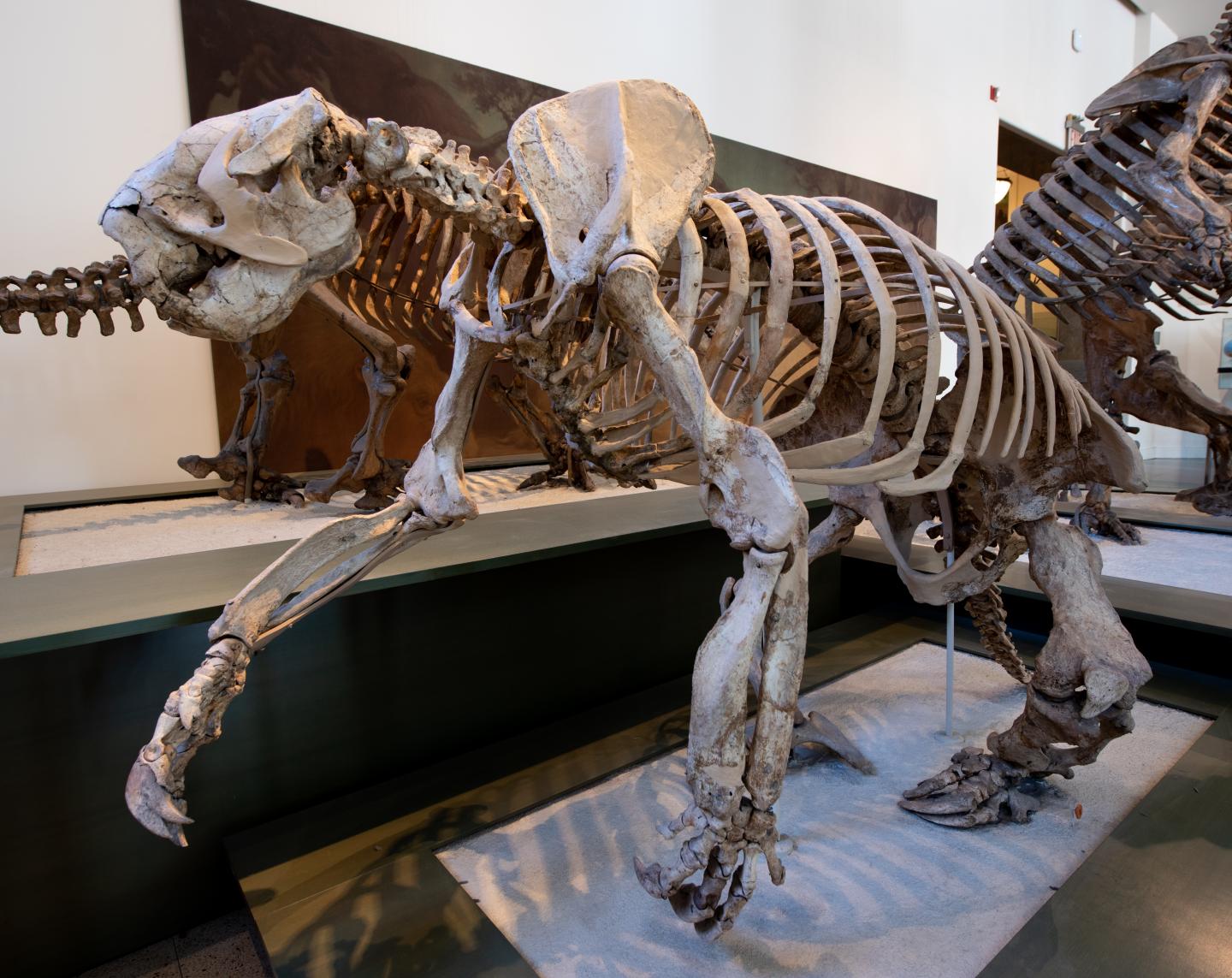Now Reading: Ancient Humans Linked to 20-Foot Sloth’s Extinction Through Hunting
-
01
Ancient Humans Linked to 20-Foot Sloth’s Extinction Through Hunting
Ancient Humans Linked to 20-Foot Sloth’s Extinction Through Hunting

Speedy Summary
- A study published in Science explored the evolution of sloths over 35 million years, revealing diverse body sizes and habitats in the past.
- Sloths once ranged from nearly 20 feet tall and several tons in weight to smaller, tree-dwelling species. Over 100 sloth genera thrived during the late Cenozoic period, adapting to shifting climates and ecosystems.
- research shows habitat was a critical factor in shaping their body size evolution. Ground-dwelling species were often larger; tree-dwellers became smaller over time as ecosystems transitioned between grasslands and woodlands during climate changes.
- Around 15,000 years ago, sloth populations experienced a sudden decline unrelated to climate events but coinciding with human expansion across the Americas likely due to hunting of larger ground-based varieties.
- Today only six small-sized species exist within two genera that primarily live in tropical rainforests of South and Central America.
indian Opinion Analysis
The study underscores humanity’s significant influence on biodiversity loss through activities such as hunting-a lesson applicable globally today as India grapples with it’s own challenges related to endangered wildlife conservation (e.g., tigers or rhinos). Ancient extinction patterns seen among giant sloths serve as reminders about careful stewardship of ecological balance amidst expanding human footprints-both spatially and resource-wise.
furthermore studies like these underscore knowledge’s ecosystem dynamics contribute evolving interactions/climate/implications esp emphasize future habitat pressures how interroles locally global sanctuaries teasing! emphasizingresolution-india
























